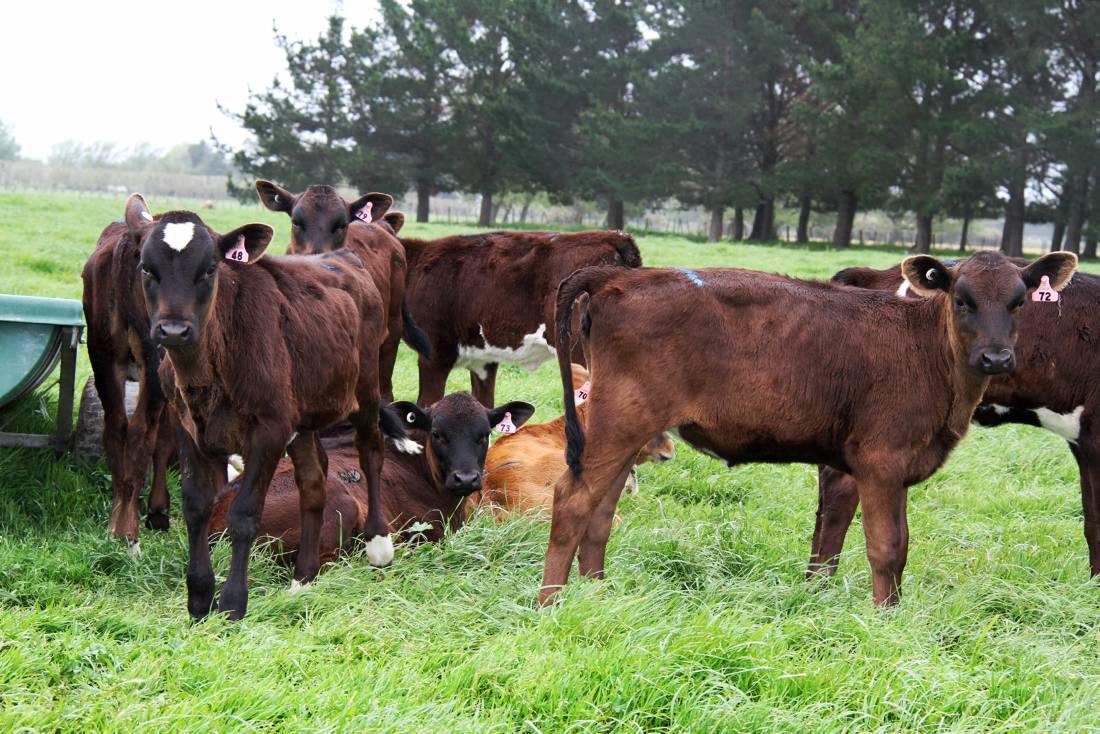With no cheque in the post to help subsidise poor dairy farm incomes, all eyes are on milk price in New Zealand. Fonterra has predicted that it will pay on average $5.30/kgMS for the 2014/15 season – this equates to just 23c/l – below total cost of production for many farms.
The scary thing for New Zealand dairy farmers is that this is just a prediction and the final payout could be lower as the product they are selling is at a lower price. However, in typical New Zealand style, the farmers I have met over the last month are more worried about factors they can control – budgets have been revisited, expenses queried and belts tightened. Is it time for Irish farmers to be thinking along the same lines?
I am currently based in the bottom of the North Island in the Manawatu region. So far, the spring has been kind to farmers. Grass growth has been excellent and more rainfall forecast means this should continue. The big fear is a dry summer, which will mean increased feed costs. This has to be avoided in a low milk price year.
The increased use of supplementary feed (mostly Palm Kernal) is a debate in New Zealand. Some farms have really disappointed me. They are feeding cows meal while grazing heavy grass covers, then topping down and wasting what’s left. Irish dairy farmers have moved away from this.
On the other hand, some farmers have blown me away with the passion and focus they have for pasture management. One farmer said: “I got nervous when I saw the milk docket was up as that usually means only one thing. Cows hadn’t grazed out the paddock properly.’’
The farmer was more focused on the long-term consequences of poor grazing than on the slight lift in milk yield. “Once we come back here the next time, cows will be back in milk because we will have stemmier grass. You have to keep your eye on the ball at all times. Once the pre-grazing cover is right you have to make cows eat it down. This year especially, we need to grow and get cows to eat as much quality grass as possible.”
Another farmer summed this up even better for me. He told me about his way of simultaneously querying staff if a paddock has been grazed out properly, while reminding them of the importance of this practice. “Did you leave any milk behind in the paddock?” he would ask them. This, to me, is the New Zealand way – convert grass to milk as efficiently as possible. This strategy is even more important with milk price where it is.
*Paidi Kelly is completing a three-month study period in New Zealand researching farm business structures.






 This is a subscriber-only article
This is a subscriber-only article










SHARING OPTIONS: